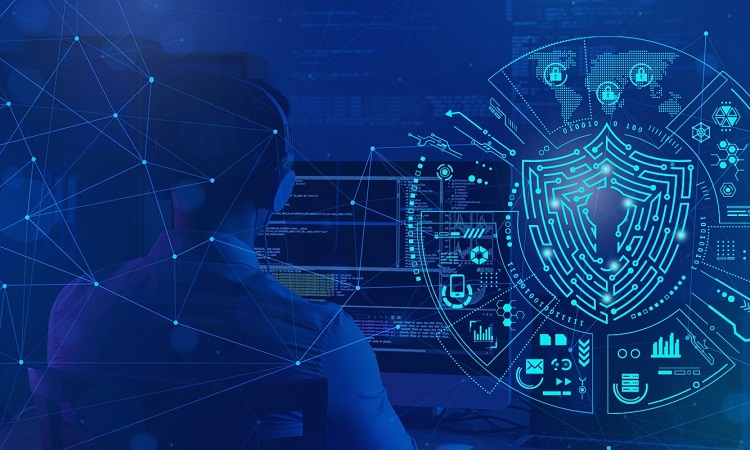1. Software Security:
Software Security, as name suggests, is type of security used to protect or secure program from malicious attack or hacking. Types of software attacks include viruses, bugs, cookies, password attack, malware attack, buffer overflow, spoofing, etc. Absolute, Norton, McAfee, etc., are some popular companies that manages software security. It simply ensures that software continues to function and are safe from attacks.
2. Cyber Security:
Cyber Security, as name suggests, is a type of security used to protect systems, network and programs against unauthorized access or attack. It is also known as computer security or information security. Types of cyber-attack includes Trojan horses, brute-force attacks, insider threats, SQL injection, ransomware attacks, etc. Accenture, Cisco, Centrify, Transmit Security, etc., are some popular companies that manages cyber security. It is of three types: Cloud security, application security, and network security.
Difference between Software Security and Cyber Security :
| Software Security | Cyber Security |
| It is process of providing security to software against malicious attack and other hackers risks. | It is a process of providing security to computer systems and networks from attack, damage, and unauthorized access. |
| It is important because it helps to prevent viruses and malwares that allows program to run quicker and smoother. | It is important because it include everything that can be done to protect confidential data, PII (Personally identifiable information), PHI (Protected health information), personal data, etc. |
| Its process includes designing, creating, and testing security software. | Its process includes risk management, network security, monitoring, managing user privileges, malware protection. |
| It is especially designed to make software systems free of vulnerabilities and impervious to attack as possible. | It is especially designed to protect network, devices, programs, and data from attack, damage, or unauthorized access. |
| Its main aim is to develop more-robust, higher-quality, and defect-free software that simply continues to function properly and correctly. | Its main aim is to prevent or mitigate or reduce harm and defend computing assets against all threat actors throughout entire life cycle of cyber-attack. |
| Its activities include secure software design, developing secure coding guidelines for developers to follow, secure coding that follows established guidelines, developing secure configuration procedures and standards for deployment phase, etc. | Its activities include protecting and securing data, protecting information technology, discovering threats, removing unwarranted data, ensuring confidentiality and server availability, etc. |
| It deals with only small piece of software that is usually uploaded to one computer of system at a time. | It deals with larger-scale network or entire cybernetic interweb or digital marketplace. |
| Its domain protects only system or mechanism it is attached to such as computer it is attached to, integrity of files, confidentiality of files, etc. | Its domain protects each and everything within cyber realm such as software, data, code, technology, hardware, information both digital and analog, etc. |
| Tools used for software security includes antivirus protection, antimalware, antispyware, data encryption software, etc. | Tools used for cyber security includes firewalls, behavior-monitoring layers, online back-up systems, network-based restrictions, etc. |
| It is less versatile as compared to cyber security. | It is more versatile because it protects more digital architecture as compared to software security. |
Source: geeksforgeeks.org





0 comments:
Post a Comment